Latest NRAO News
News is managed by NRAO News & Public Information. Questions about News? Have a story to share? Want to interview a scientist or create new media about our telescopes?
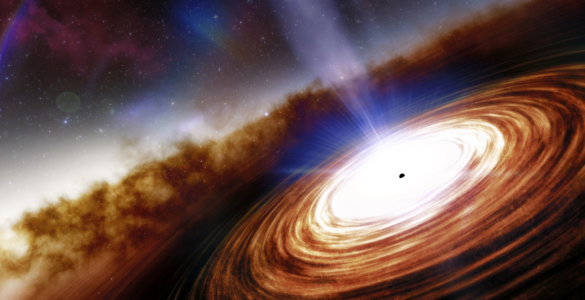
Astronomers using the Atacama Large Millimeter/submillimeter Array (ALMA), along with other telescopes, have discovered the most distant quasar yet found. The bright quasar, powered by a supermassive black hole at the core of a galaxy, is seen as it was only 670 million years after the Big Bang, and is providing valuable clues about how such huge black holes and their host galaxies formed in the early Universe.
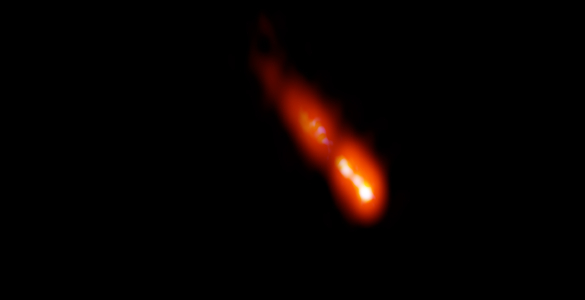
Observations with the continent-wide Very Long Baseline Array (VLBA) reveal previously unseen details in a jet of material ejected from the core of a galaxy seen as it was when the universe was only about 7 percent of its current age.
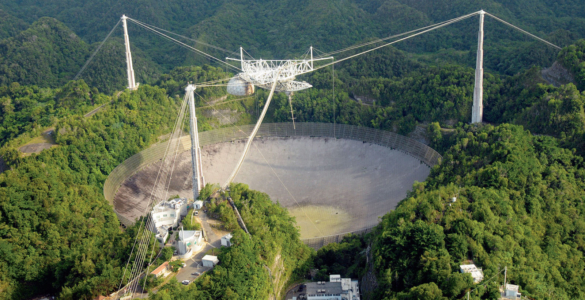
NRAO and GBO are saddened at the announcement of the decommissioning of the Arecibo Telescope in Puerto Rico, which has a long and distinguished history of scientific accomplishment.
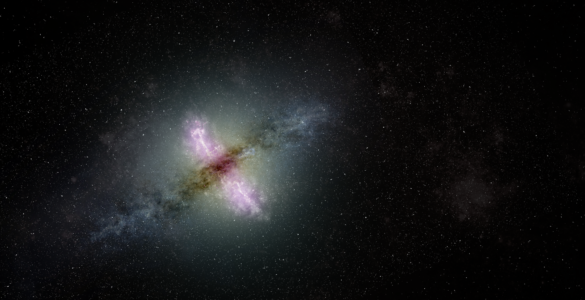
Comparing data from VLA sky surveys made some two decades apart revealed that the black hole-powered “engines” at the cores of some distant galaxies have launched new, superfast jets of material during the interval between the surveys.
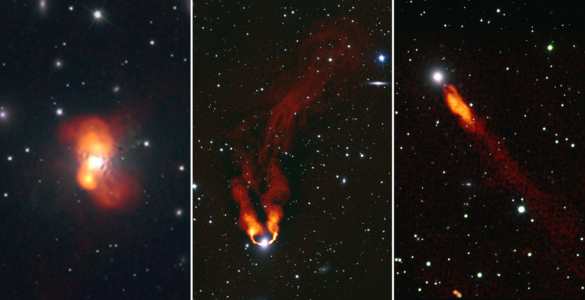
New VLA images show how the crowded environment of a cluster of galaxies affects the individual galaxies, helping astronomers better understand some of the complex details of such an environment.
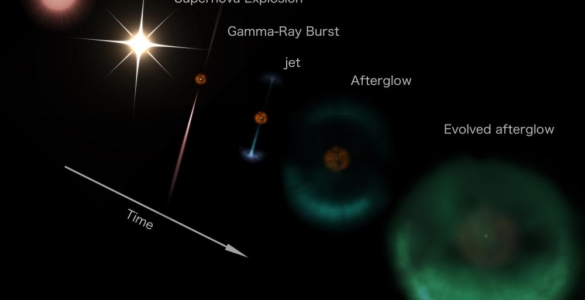
The Very Large Array Sky Survey (VLASS) is an ambitious project to make a high-resolution radio map of nearly…





